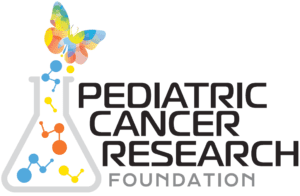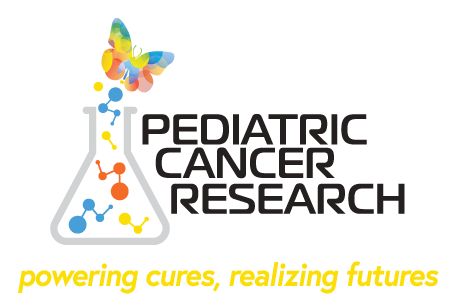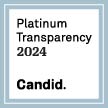
SAMUEL C. BLACKMAN, MD, PhD
Co-founder and Head of Research & Development
DAY ONE BIOPHARMACEUTICALS
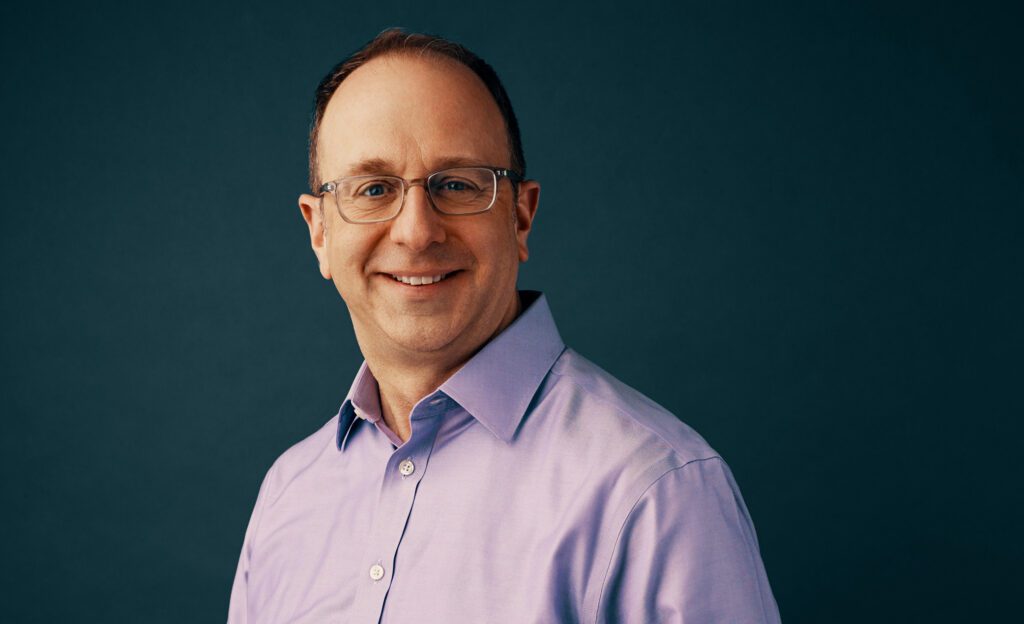
A little-known fact in the world of oncology is that the field of cancer drug development started with the treatment of pediatric patients. Dr. Sidney Farber’s observation, in 1948, that a child with acute lymphoblastic leukemia could be put into remission with the drug aminopterin sparked the search for newer and better medicines to treat all forms of human cancer. So there’s a certain bitter irony that 75 years later, the pace of drug development for childhood cancers is far slower than it is for adult cancers. And it’s especially frustrating given the remarkable scientific and therapeutic revolution that we are all living through, with the advent of highly- potent, targeted therapies for genetically-driven cancers, new cell therapies, and new immunotherapies. For far too many years, pediatric oncologists and the parents of children with cancer have had, over and over again, to hear the words, “One day we hope that we’ll be able to test these new medicines in children.”
Changes in both European and US legislation designed to require biopharmaceutical companies to develop drugs for childhood cancers have helped, to an extent. But even the best legislation cannot fix two key problems: first, that there is little financial incentive for pharmaceutical companies to make medicines designed specifically for childhood cancers, and second, that drugs designed that might be useful for childhood cancers, will only be available if they work in an adult cancer.
It was with these problems in mind that a small group of academic pediatric oncologists, industry-based pediatric oncologists, and patient advocates began to envision a new business model for childhood cancer drug development. This model involved creating a new company that would have suffcient capital to acquire drug development programs that had a high potential for impacting the lives of children with various cancers but did not have the potential for getting approved in an adult indication. By streamlining and focusing the drug development efforts on childhood cancers where there were no approved therapies and hiring a small team with the expertise to design and run pediatric oncology trials, we envisioned a cost-efficient business model for finding the next new medicines for hard-to-treat pediatric cancers.
There were, however, two key obstacles to overcome: first, nobody in this group knew the first thing about starting and funding a company, and second, we needed to find a drug that fit this model.
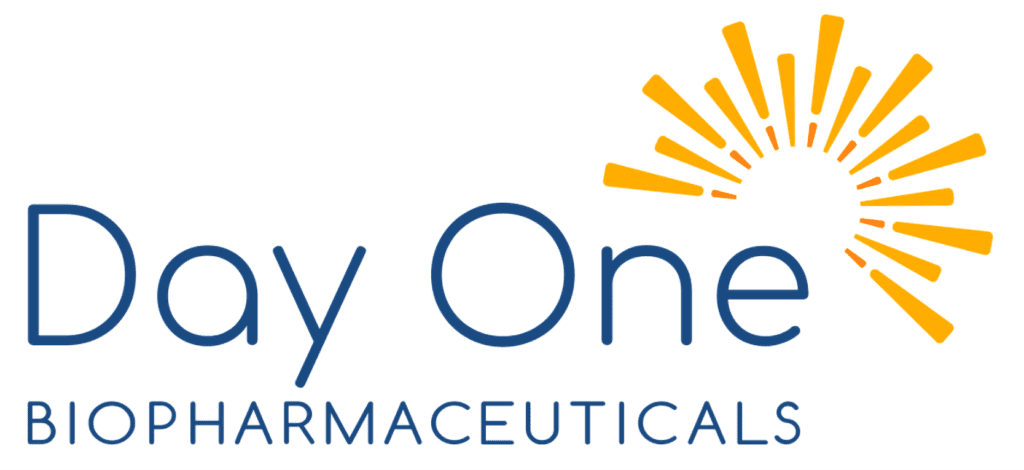
In 2018, I met a venture capitalist – Julie Grant at Canaan Partners – who shared my passion for solving this problem, and who shared a belief that this business model could be viable. Together we refined the business plan and vision and in November 2018 raised the seed capital necessary to form a brand new biotech company. We named the company Day One Biopharmaceuticals, after the idea of the “Day One Talk” which is the discussion that a pediatric oncologist will have with the family of a child who has just been diagnosed with cancer. We hoped that this company would create new medicines for physicians to present to patients at future Day One Talks, and that this model would represent a new day for the way medicines are developed for children.
Not long thereafter, we were presented with an opportunity to acquire a drug called TAK-580 (now DAY101 or tovorafenib), which had been originally developed to treat adult melanoma and lung cancer. This drug had been shown, in laboratory studies, to be potentially active in certain types of pediatric brain tumors. Moreover, a small academic clinical trial had generated some interesting data in 9 patients. Much of this work was funded by the Pediatric Low Grade Astrocytoma Foundation (now part of the Pediatric Brain Tumor Foundation), which had raised the money to support these experiments from families of children with pediatric low-grade glioma (pLGG).
Despite this preliminary activity, the company that had created the molecule was planning to discontinue its development.
In 2019 we were able to acquire the rights to what is now tovorafenib, which in turn allowed us to raise the capital necessary to initiate an intentional and focused clinical development program for children with pLGG. Over the past 4 years Day One has grown as the development program has grown, and today we have studied tovorafenib in over 250 children and have generated a sufficient dataset to support an application for approval by the US FDA. The FDA has granted priority review and assigned a Prescription Drug User Fee Act (PDUFA) target action date of April 30, 2024, a little over 4 years after we started our first clinical trial. The journey of tovorafenib proves that it is possible to develop new medicines for children with intention, and with urgency. And it is our hope that this is just the first of many new medicines that we can develop at Day One. The journey of tovorafenib also shows the power of collaboration, and what is possible when parents and advocates, academic physicians and scientists, and industry physicians and scientists collaborate and work towards a common goal. It is my hope that this story is the first of many stories of success so that we as a community can focus less on what we hope will come “one day” and more on what we can offer patients at Day One.
